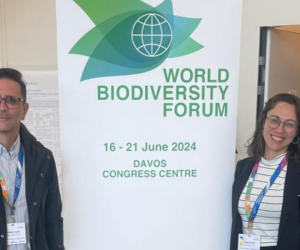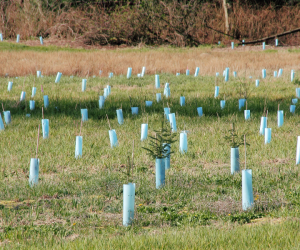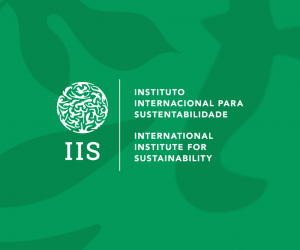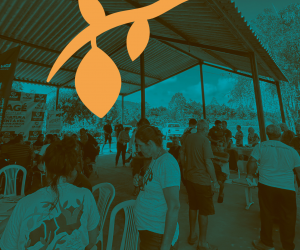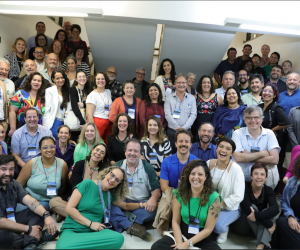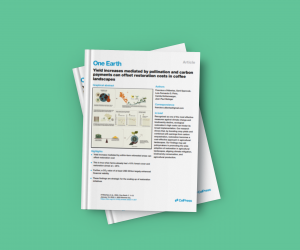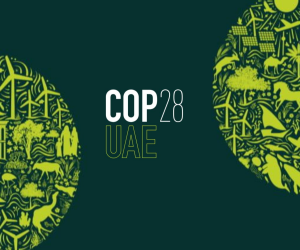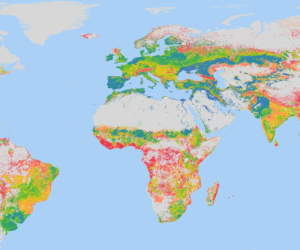News > News
20.12.23
How do the conservation and restoration of ecosystems contribute to the climate agenda?
The conservation and restoration of ecosystems are vital for reducing or reversing the impacts caused by human activities on the environment, as they can generate various benefits such as climate change mitigation and adaptation, biodiversity conservation, maintenance of ecosystem services, and improvement of society’s quality of life. Among possible contributions to the climate agenda, the following can be mentioned:
1. Carbon Sequestration
Healthy ecosystems act as natural carbon reserves. Plants absorb CO₂ from the atmosphere during photosynthesis and store it in the form of biomass. By conserving ecosystems and restoring degraded areas, we contribute to the sequestration of large amounts of carbon. The restoration of tropical and subtropical forests, for example, has the potential to sequester 7 to 14 tonnes of CO₂ per hectare per year.
2. Climate Regulation
Different ecosystems play a fundamental role in regulating local and global climates. The destruction of these ecosystems can lead to local climate changes and contribute to extreme weather patterns.
3. Other Benefits
In addition to these benefits, the conservation and restoration of ecosystems ensure the maintenance of biodiversity, prevent natural disasters, and preserve water availability, making them more resilient to climate change.
IIS Engagement
In this regard, the IIS has supported various decision-makers, such as professionals from the Ministry of the Environment and the Convention on Biological Diversity of the United Nations (CBD).
In fact, the Institute hosted the thematic consultation on ecosystem restoration for defining the goals of the Kunming-Montreal Global Biodiversity Framework.
In our projects, we adopt spatial planning methods that minimize conflicts/costs and maximize the benefits related to conservation and restoration actions. Responding to a demand for the prioritization of cost-effective areas for conservation and recovery, we developed the innovative spatial planning modeling PLANGEA.
PLANGEA is a dynamically and adaptively developed algorithm created to reveal synergies and trade-offs between environmental and economic aspects related to conservation and restoration actions, seeking to optimize them. From the model, we identify areas for recovery in all the world’s native ecosystems and found that restoring 30% of the most priority regions:
- Would reduce threats to biodiversity by 79%;
- Sequester 18 GtCO2 from the atmosphere;
- Decrease the cost per hectare restored by US$ 2,908.
This multicriteria approach has been published in the journal Nature. In Brazil, we find a series of benefits associated with the restoration of different biomes, such as the Amazon, Caatinga, Atlantic Forest, Pantanal, and Pampa. For example, the results indicate that, compared to a scenario without planning, the recovery of priority areas would allow the storage of up to:
- 74 million tonnes of carbon in the Caatinga;
- 67 million tonnes of carbon in the Pampa;
- 229 million tonnes of carbon in the Pantanal.
Currently, PLANGEA is internationally recognized and has an online platform to present its data. The web version features an interactive map where it is possible to simulate and visualize spatial prioritization results applied to different objectives and scenarios at the national or global scale.

